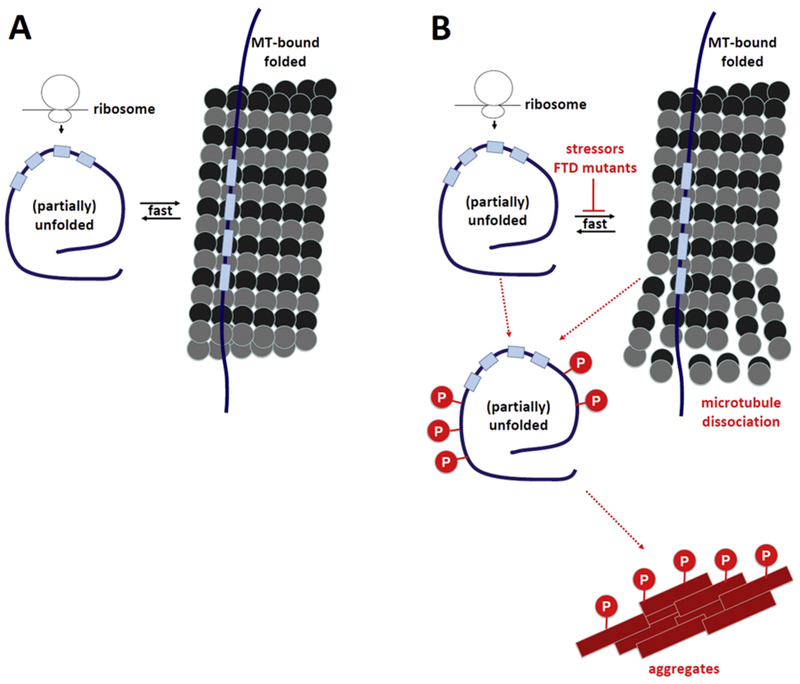Figure 3. Transient cellular behavior of tau.

A, Physiological situation: Coming off the ribosome, tau is soluble, unfolded and monomeric. Upon binding to MTs, tau adopts a different fold, but almost immediately becomes soluble again. Tau phosphorylation may contribute to regulating the transient tau-MT interaction. B, Pathological situation (pathological states are in red): perturbed cellular tau homeostasis is characterized by tau hyper-phosphorylation, lack of tau-MT interaction, disintegration of MTs and the formation of proteinaceous tau aggregates.
